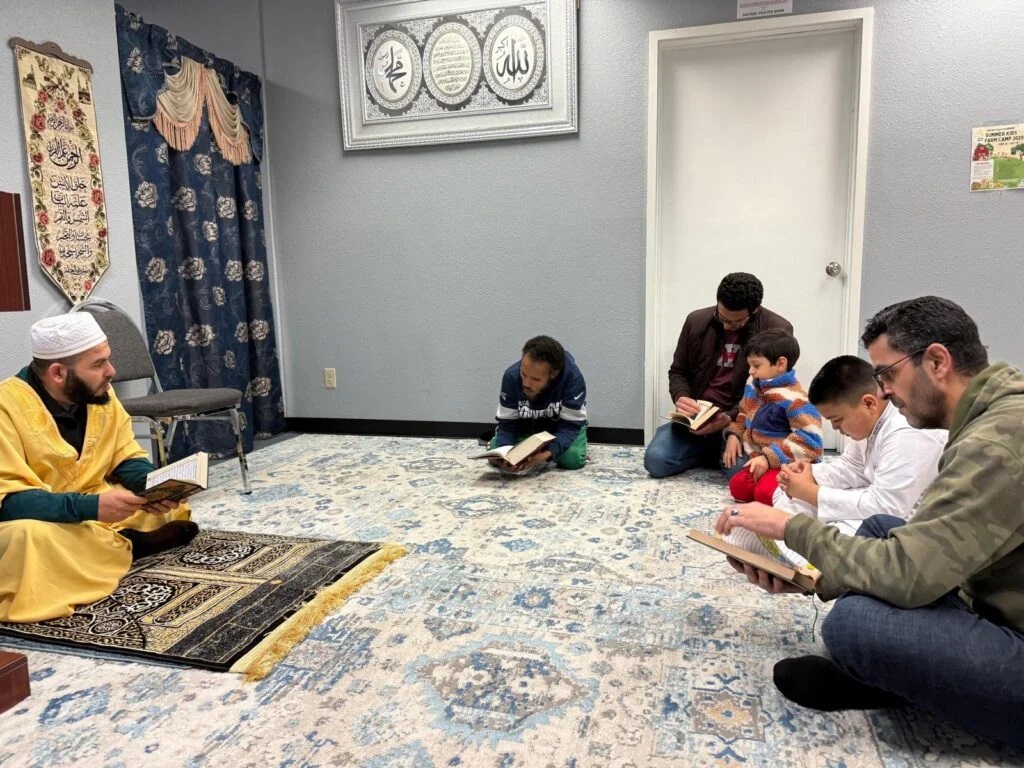Alaska, often called America’s Last Frontier, is known for its vast landscapes, long winters, and sparse population. Yet within this unique environment exists a small but resilient Muslim community that reflects the global diversity of Islam. From Anchorage to remote villages, Muslims in Alaska are carving out a place for themselves while staying connected to their faith.
A Growing but Small Community
The Muslim population in Alaska is estimated to be in the few thousands, with Anchorage serving as the main hub. Immigrants from Somalia, Bosnia, Sudan, Pakistan, and the Middle East make up a large portion, alongside African American Muslims and converts. Despite being small in number compared to states like California or New York, their presence is increasingly visible in education, healthcare, business, and civic life.
Building Institutions of Faith
Anchorage is home to the Islamic Community Center of Anchorage, the state’s first mosque, which opened in 2010 after years of fundraising. This mosque has become a cornerstone for daily prayers, Friday sermons, Islamic education, and interfaith dialogue. In such a vast state where distances are great, community members rely on digital platforms and social gatherings to stay connected.
Practicing Islam in Alaska’s Unique Environment
Muslims in Alaska face special challenges due to the state’s extreme geography. During summer, the sun may not set for nearly 20 hours, and in winter, daylight can last only a few hours. This raises questions about prayer times and fasting during Ramadan. Many follow fatwas (Islamic rulings) allowing them to align with the nearest city with regular daylight cycles or use Mecca’s timing as a guide.
Challenges of Distance and Identity
Because Alaska is geographically isolated, Muslims here often feel cut off from larger Islamic communities in the U.S. Halal food availability remains limited, though some stores in Anchorage and online suppliers provide options. Education and representation are also challenges—Muslim students in schools sometimes struggle with cultural visibility and explaining their traditions to peers.
Contributions to Alaskan Society
Despite these challenges, Muslims in Alaska contribute significantly to the state. Many are doctors, entrepreneurs, teachers, and community leaders. Their involvement in local politics, interfaith events, and charity work strengthens both the Muslim community and wider Alaskan society. In Anchorage, Muslim-led charities have provided food and support to homeless shelters, reflecting Islam’s values of compassion and service.
Looking Ahead
The future of Islam in Alaska will likely see gradual growth as more families settle and second-generation Muslims take on leadership roles. With continued efforts in community-building, education, and interfaith outreach, Muslims in Alaska are showing that faith can thrive even in the most unexpected places.

